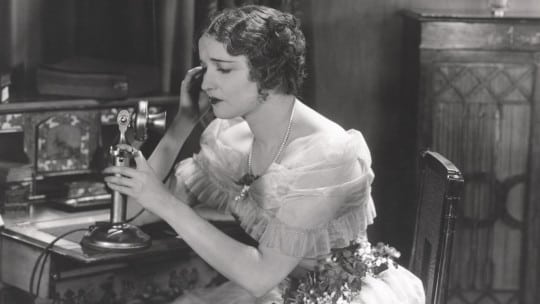
Some things never change. That’s true in PR, too.
The reasons: It’s easier to go with the flow than incorporate new thinking; brands fail to give young staff an opportunity to try new techniques; staff are fearful of criticizing their supervisor’s thinking; original thinkers often are criticized for failing to be team players because thinking outside-the-box causes angst for supervisors who fear challenging so-called proven PR norms. As a result, Luddite-like practices often prevail.
Below are PR axioms that should be revisited:
Bad news should be made public late Friday or on Saturday: This may have been true years ago, but with the internet, 24/7 cable news channels and bloggers this goes into the old wives’ tale category. Believe it or not, do-it-by-the-book PR practitioners still accept this relic.
Lawyers are a hindrance to PR doing its job: Many PR pros with brands in crises complain about lawyers’ interference. A lawyer’s prime concern is keeping people and brands out of legal trouble. Many lawyers are PR savvy and should be valued members of PR crises teams. Getting good press does not prevent legal action. Good lawyers might.
A fast response always is best and can limit damage during PR crises: In some cases, a fast response may help feed the media frenzy. A thought-out strategy often is more important than a fast response.
Coming clean quickly and getting ahead of a story will shorten the media life of a crisis: Untrue yesterday, today and will be untrue tomorrow.
The spouse of a public figure in a PR crisis should stand by his/her mate during the initial press appearance: As if anyone cares but the PR crisis specialist who suggested it.
Embargoing a release will ensure when it will be made public: If you believe this, you’re a candidate for cold-call, penny stockbrokers.
The big hit is certain to satisfy: Hasn’t been true for some time. Brands most often want targeted publicity that contains message points. A 750-word story with one mention of a brand and devoid of message points is worthless.
A big pile of clips will satisfy: Maybe in the Jurassic era. See above and add the quality of the papers, meaning the geographic location, the section of the papers that the story appears in, circulation and readership demographics.
A celebrity spokesperson media tour will sell product: A tour certainly will make it easier to get publicity, but if tours are so good at selling products, how come every consumer product company doesn’t use them?
Sports fans will buy a product if a brand sponsors an event: History shows sponsorships fail to move the majority of fans to make purchases; also, some events are so crowded with sponsors, surveys show fans often don’t remember who is sponsoring what.
Never pitch a story to more than one person at an outlet: As a former reporter and editor I’ve never followed this flawed tenet. But always let others know whom you’ve pitched. Many times I’ve pitched a beat reporter and that reporter’s editor. But pitch only one columnist at a time
Always provide B-roll when pitching TV producers. Whoever invented this maxim doesn’t watch much TV. I’ve pitched countless clients to producers without having B-roll. The story was the most important factor. In fact, most TV interviews are done without B-roll.
Limit email pitches to the subject line and one or two lines: Ridiculous. How can reporters or assignment editors make an educated determination with so little information? I always write lengthy pitches. Print and TV deciders have never admonished me for it. But follow these rules: 1) Pitch the proper persons. That should be obvious, but the spray-and-pray crowd continues to flaunt this maxim. 2) Make certain your pitch is written as if you were a journalist. 3) The pitch should include several different ways the story can be covered. In other words, think like a journalist instead of a PR person.
To those in our business, the most obvious do-it-as-it-was practice often is evident in crisis or media-training situations. All too often, the same old playbook is used. Only the name of the brand is changed. Journalism changes, so should PR practices. When it comes to crisis communication strategy, PR practitioners should remember that every crisis deserves original thinking. Too often what brands get is the one-size-fits-all strategy. And that doesn’t always fit the situation.
Some time ago, I taught PR at the Armed Forces Information School, where everything a teacher said had to be pre-approved. "This is the way it's done," was the mantra. My maverick approach to PR comes from a stint as a print journalist, where looking for different angles to stories was the norm. I've used that approach during a 35-year career in PR. Being a maverick opened me to criticism from PR traditionalists, but it caught the eye of management at both major agencies I've worked at, to my benefit. It can be detrimental to a career, though: If you're wrong, you're toast. Of course, that's true if you're traditional and wrong, too.
I'd be interested in knowing what you thought of this column. How many of you follow the traditional PR book? Let me know if you think my approaches are worth following. Conversely, let me know if you think what I've written here is a road to disaster. And have supervisors prevented you from trying new methods?
Arthur Solomon is a former journalist and was SVP/senior counselor at Burson-Marsteller. He is a frequent contributor to PR publications, consults and was on the Seoul Peace Prize nominating committee. He can be reached at: [email protected]
